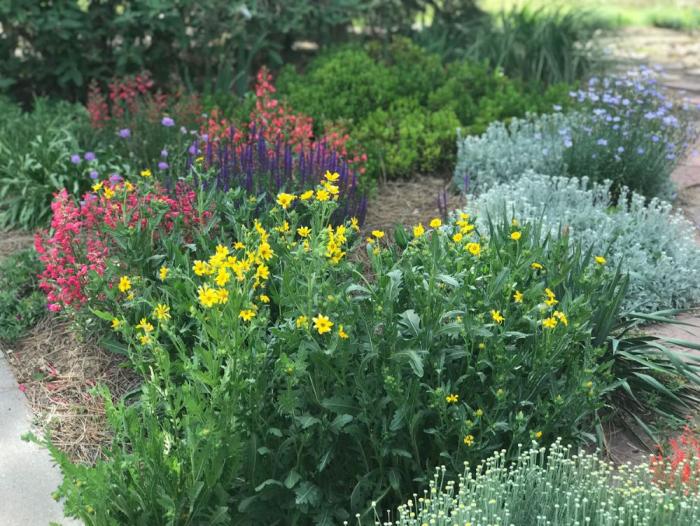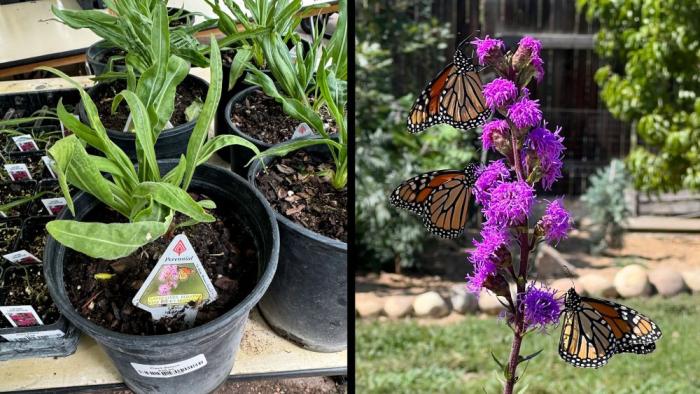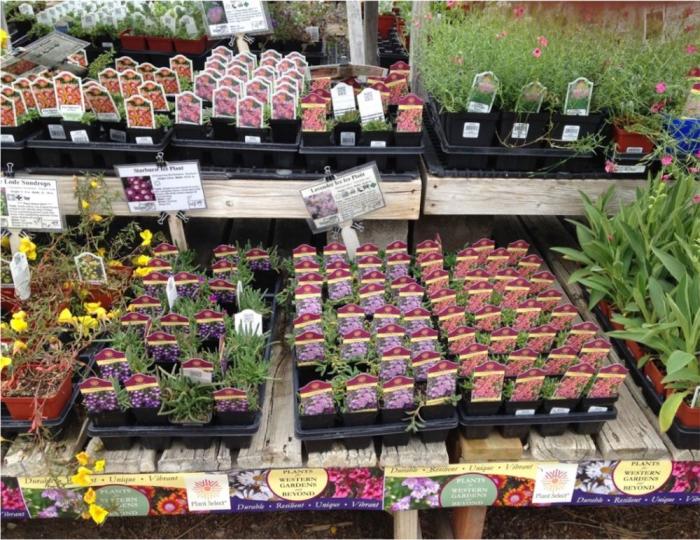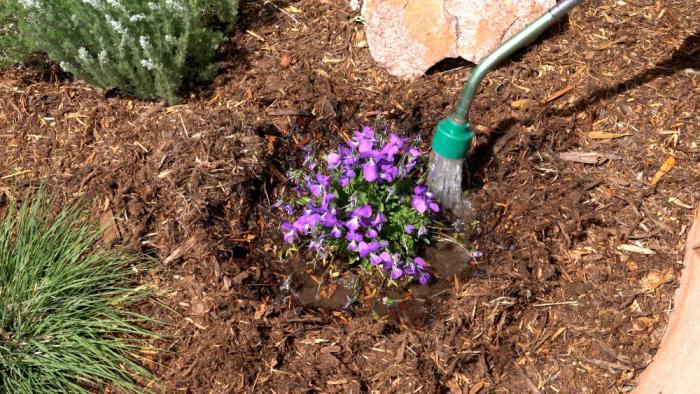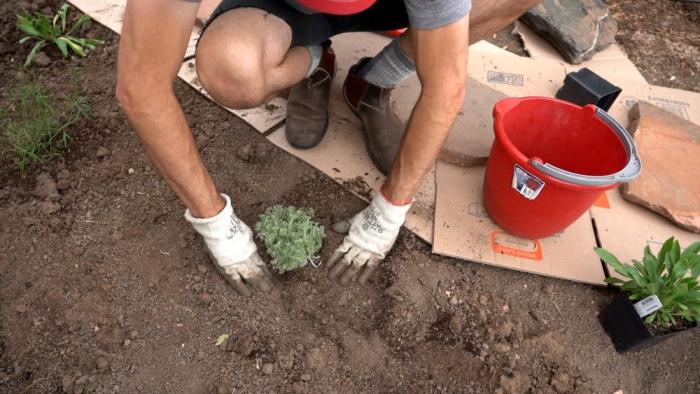Six myths and tips about water-wise plants
There are many myths about water-wise plants.
Ross Shrigley, the executive director of Plant Select, has some quick tips for when you’re considering water-wise plants, so you can get an attractive landscape sooner — and with less work!
1. Does water-wise mean “desert-like”?
Shrigley says absolutely not! That’s the biggest myth surrounding water-wise plants.
“Water-wise doesn’t have to mean yuccas and cacti,” Shrigley said.
There are plenty of plants that thrive in Colorado’s semi-arid climate that offer lush textures, colors and flowers. Many water-wise plants also attract birds and bees, so they’re very entertaining.
2. Some water-wise plants don’t look very interesting in the garden center, should I skip them?
Shrigley says don’t judge a plant by what you see in the store.
That’s because many water-wise plants need to get established in the ground before you see their real beauty. Give them a chance because these plants have a big “wow” factor.
Shrigley advises that you make sure you check out the pictures on the tags or go to the list of plants on plantselect.org to see what the plant looks like once established.
3. Should I buy larger, more mature plants because they look better in the store?
Shrigley says that while it’s tempting to buy the bigger plants that may look better on the shelf, he recommends purchasing plants when they are smaller.
Smaller plants are easier to plant because you don’t have to dig a big hole. Smaller plants often get established and start growing more quickly than bigger plants.
They’re also cheaper.
4. If a plant is water-wise, can you plant it and walk away?
No. Water-wise plants aren’t instantly water-wise.
During their first growing season, water-wise plants should be checked either daily or every few days to see if they need water. You can use a moisture meter — a small tool you can find at local garden centers — to check the dampness of the ground. Pro tip: Check for moisture near the roots of the plants.
Water your new plants deeply, so they establish deep roots.
If the weather is hot and dry, your plants will likely need more consistent watering.
5. If a plant is “water-wise,” does that mean it doesn’t need any water after it’s established?
While there are some water-wise plants that don’t need watering beyond what falls from the sky, many water-wise plants still need some supplemental irrigation. The good news is that it’s a lot less water than what a thirsty Kentucky bluegrass lawn needs!
With Plant Select’s water-wise plants, you typically only need to water once a week (or a lot less) after the plants are established in the ground.
Shrigley says that plants have different needs, and some plants may catch water from a sprinkler system, so pay attention. Read the plant description on your new plants to see what type of watering is recommended.
6. Do I need to amend the soil with organic material (like compost) for water-wise plants?
Shrigley says that Plant Select’s water-wise plants don’t like the rich soil found in a vegetable garden. They typically prefer “lean” soils which are closer to what they have in nature.
With that said, some water-wise plants like “well-drained soil.” This means there are a lot of small air pockets in the soil. Here are some best practices to help you get your soil ready for water-wise plants.


